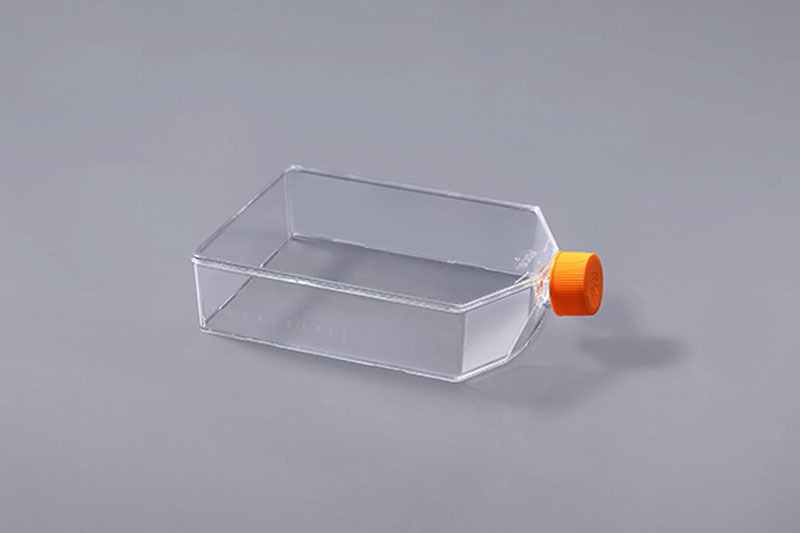Adherent culture is a common culture method. Generally, cell culture consumables such as cell culture flasks are used. The cells will adhere to the surface of the cell culture flask for division and growth, but sometimes cells do not adhere to the wall. What is the reason for this?
Analysis of the reasons why the cells do not adhere to the wall:
1. Improper control of the trypsin digestion time: if the digestion is not enough, the cells themselves will form agglomerates; if the trypsin treatment is too long, it is easy to cause damage to the cell membrane proteins, so that the cells are not tightly attached to the wall, and the stereoscopic effect is not strong under the microscope, and even in severe cases. cause cell death.
FuDau T225-Cell-Culture-Flasks
2. Lack of adhesion-promoting factors: Serum contains adhesion-promoting factors, and the lack of such adhesion-promoting factors in the serum-free medium process will greatly reduce the adherence effect of cells.
3. Mycoplasma or bacterial contamination.
4. The recovered cells are in poor condition, have aged and lost their adhesion.
5. The number of seeded cells is too small to secrete sufficient extracellular matrix.
The above are several common reasons why cells do not adhere to the walls when using containers such as cell culture flasks. You can deal with specific situations to allow cells to adhere to the walls.
The FAI climbed 5.9 percent year-on-year in the first 11 months of 2018, quickening from the 5.7-percent growth in Jan-Oct, the National Bureau of Statistics (NBS) said Friday in an online statement.
The key indicator of investment, dubbed a major growth driver, hit the bottom in August and has since started to rebound steadily.
In the face of emerging economic challenges home and abroad, China has stepped up efforts to stabilize investment, in particular rolling out measures to motivate private investors and channel funds into infrastructure.
Friday's data showed private investment, accounting for more than 60 percent of the total FAI, expanded by a brisk 8.7 percent.
NBS spokesperson Mao Shengyong said funds into weak economic links registered rapid increases as investment in environmental protection and agriculture jumped 42 percent and 12.5 percent respectively, much faster than the average.
In breakdown, investment in high-tech and equipment manufacturing remained vigorous with 16.1-percent and 11.6-percent increases respectively in the first 11 months. Infrastructure investment gained 3.7 percent, staying flat. Investment in property development rose 9.7 percent, also unchanged.
 English
English



















































